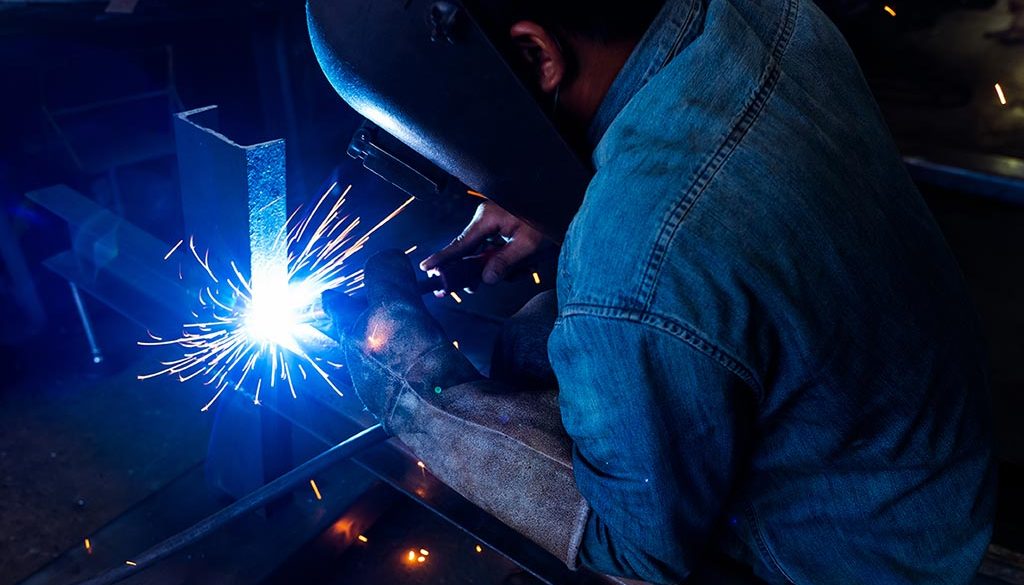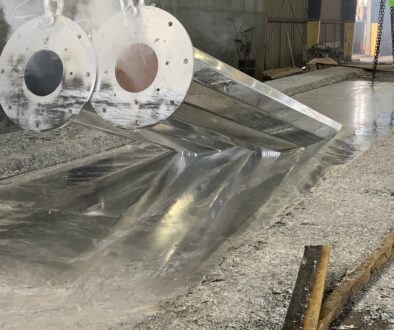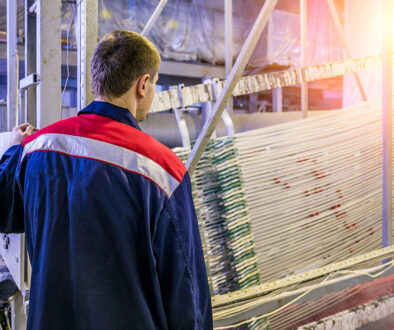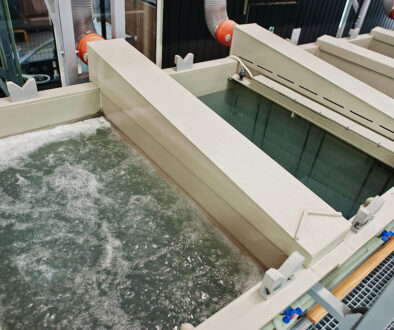Can You Weld Galvanized Steel? 5 Safety Factors to Consider
There are many reasons you might find yourself asking if you can weld galvanized steel. Whether or not you can, though, is only part of the question. Sometimes large pieces need to be welded before they can be galvanized. Other times, you have extra galvanized materials left over and want to use them instead of ordering other materials for the job. But, there are a few safety factors you should consider before you start.
Can You Weld Galvanized Steel?
The short answer is yes, you can weld galvanized steel. However, the zinc that has been applied to the steel’s surface can make welding more difficult than it would be with uncoated steel. It can also leave the pieces vulnerable if welding leaves any areas exposed or cracked. Finally, the chemicals released by heating the galvanized steel during welding can be toxic. Let’s look at these and other safety concerns a little closer:
Safety Factor 1: Melting the Galvanized Coating Can Cause Weld Splatter
Before welding galvanized steel together, the zinc coating must be removed. If the zinc coating is not removed from around the area before welding, the resulting weld puddle can pop or splatter, putting both the welder and anyone else nearby in great danger. Weld splatter is not only dangerous but also creates ugly staining on the surrounding surface of your project.
There are a few ways to remove the zinc coating, the most popular being to grind it back from the area in preparation for welding. You can use heat to burn it back as well, but the same safety concerns will exist and due caution must be taken.
Safety Factor 2: Vaporized Zinc is Toxic
When welding galvanized steel, the zinc coating is heated and begins to vaporize. This sends fumes into the air which are a major health risk for those inhaling them. These fumes can cause what is known as “metal fume fever” or “zinc shakes.” Metal fume fever can cause symptoms that include fever, headaches, nausea, chest pain, and more. Inhalation of these fumes can also cause long-term health problems, as the lead present in the galvanized steel can vaporize along with the zinc. Exposure to lead is known to cause a plethora of serious health risks, including cancer.
It is essential that you work in a well-ventilated area when welding galvanized steel to avoid these dangers. If you do not have access to a ventilated area, you must wear a respirator rated for welding fumes.
Safety Factor 3: Not All Methods for Welding Galvanized Steel Are the Same
There are a few different methods for welding galvanized steel. These include gas metal arc welding (GMAW), shielded metal arc welding (SMAW), and oxyacetylene welding. SMAW is the most common method for welding galvanized steel. Each method calls for different tools and techniques to achieve the desired result. Welding galvanized rebar is also possible and does not require the removal of the zinc coating prior to welding, but it is still recommended.
It is important to have proper knowledge about these different methods when each one is most appropriate, and how to execute each correctly before attempting them. As mentioned above, not preparing properly before welding can put both yourself and others in danger. Someone without extensive knowledge of both welding and galvanized steel could not only injure himself but also ruin the integrity of the galvanized materials by choosing the wrong welding method or going about the process incorrectly.
Safety Factor 4: Welding Can Leave Vulnerable Areas
Even if you take the proper precautions while welding galvanized steel, there is always the potential that some areas will be left exposed or left weaker. These areas will not have the zinc coating to protect them and will be more susceptible to rust and corrosion. Proper preparation of the area before welding, a weld that follows the methods mentioned above, and which is carefully inspected afterward will have a better chance of matching the same quality of the materials prior to welding. Also, proper coating repair procedures should be utilized in all areas of coating disturbance.
Safety Factor 5: Inconsistent Materials Can Threaten Integrity
When some of the materials on your project are properly galvanized, but others are welded together after the fact, you can end up building with materials that are not all up to the same standards. This can leave your end project lacking the integrity you want to guarantee your customers. It can also make it harder for you to build with confidence that your project’s infrastructure will stand the test of time. When the structure suffers, the safety of those using the structure is at risk, as is the safety of those still working on building it.
Can You Weld Steel After It’s Been Galvanized?
Welding galvanized steel is possible, but it should only be done if absolutely necessary. If you can weld the materials before they are galvanized, you will avoid the health risks associated with welding fumes and lead exposure. You will also avoid potential weak spots in your project caused by welding. And finally, you can be confident that all of the materials you are using are up to the same standard for corrosion protection.
South Atlantic Can Hot-Dip Galvanize Your Biggest Pieces!
When it comes time for your next big project, don’t let the size scare you away from hot-dip galvanizing all of your steel before building. At South Atlantic, we built our kettles to handle large materials and awkward pieces so that you can have a solid, protective coating over all your galvanized steel. We follow all ASTM standards and will provide you with assistance in order to help you have what you need, when you need it, always on time and on budget.
When navigating sensitive materials and health hazards, don’t try to do it alone.
Reach out to our team of galvanizing experts to best prepare your steel for upcoming projects. Contact us today to get started: southatlanticllc.com/galvanizing/contact.





